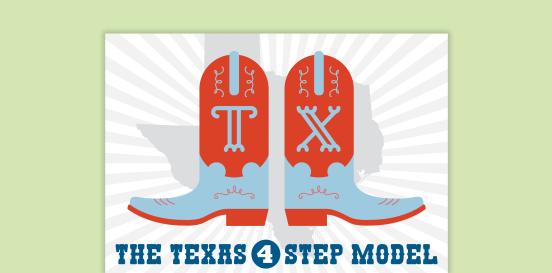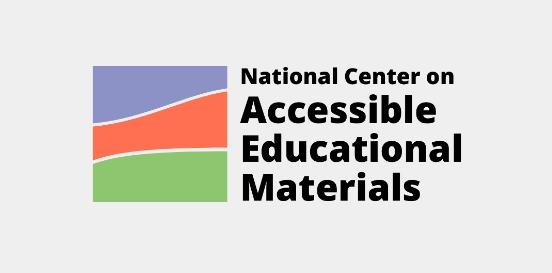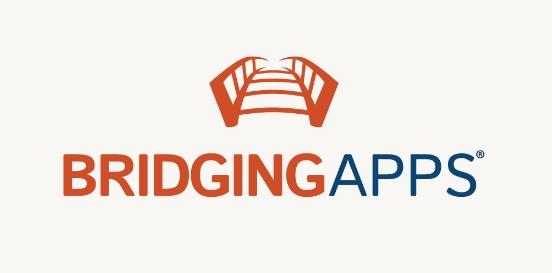Brailled Dice
Dice that have braille characters embossed on their faces, allowing blind or visually impaired individuals to participate in activities that involve rolling dice. Each side of the die is marked with raised dots arranged in the standard braille configuration corresponding to the numbers one through six. This enables blind players to independently participate in various games that rely on dice rolls, such as role-playing games, board games, or educational activities.
Considerations
Take the following considerations into account when selecting and implementing AT to ensure that the chosen tools are well-suited to the student’s needs, align with their goals, and seamlessly integrate into their educational journey. By embracing a collaborative approach and considering the specific skills, tasks, and implementation context, educators can provide students with the necessary support to thrive academically and functionally, promoting inclusivity and fostering their overall success.
Skills and Tasks What skills or tasks will the student utilize this tool for? What areas, functional or academic, does this tool support?
- Visual perception independence
- Math calculations
- Game play
- Independence
- Tactile learning
Implementation Context In what activities, classes, or environments will the student utilize this tool?
Brailled dice could be incredibly useful for a student with visual impairments in various educational settings, especially in subjects like mathematics and games. Here's how it could be used as assistive technology:
- Mathematics learning: The brailled dice can be used during math lessons to teach concepts like probability, addition, and multiplication. The student can roll the dice and then interpret the braille dots to determine the number rolled, thus actively participating in math activities alongside their peers.
- Game play: Brailled dice can enable students with visual impairments to participate in various educational games and recreational activities that involve dice rolls. This promotes social inclusion and allows them to engage in group activities with their sighted peers.
- Independence: By having access to brailled dice, the student can independently participate in activities that involve dice rolls without relying on constant assistance from teachers or peers. This fosters a sense of autonomy and self-confidence.
- Tactile learning: For some students, tactile learning can be more effective than visual learning. Brailled dice provide a tactile experience, allowing the student to physically feel and manipulate the dice, reinforcing learning through touch.








